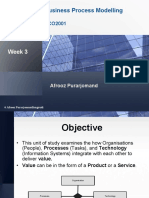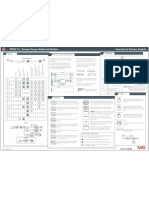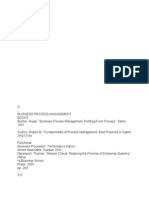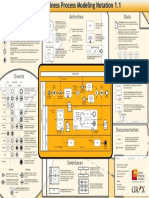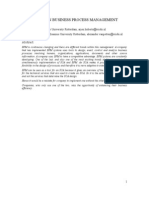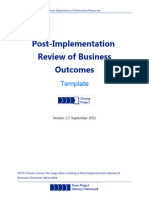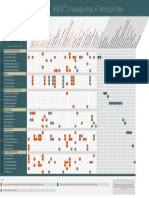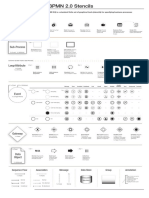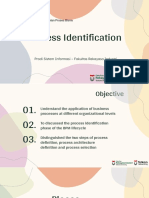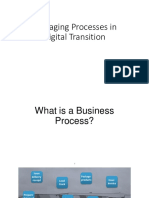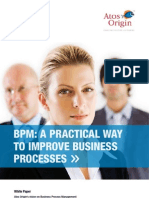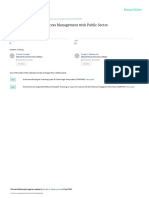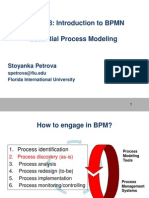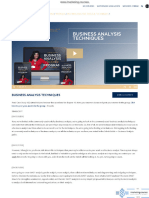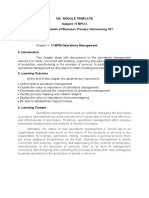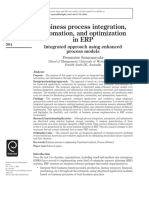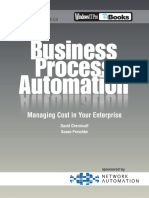100% found this document useful (4 votes)
334 views37 pagesBusiness Process Modeling Training
The document discusses business process modeling and BPMN training. It provides an overview of business process modeling, including definitions of key concepts like business processes and process models. It describes the history and evolution of business process management. It also outlines the basic methodology for business process modeling, including developing "as-is" and "to-be" models, and discusses the three main steps: process design and mapping, documentation, and analysis. Finally, it provides tips on getting started with process modeling, like identifying the value being produced and conducting interviews.
Uploaded by
cchhhCopyright
© © All Rights Reserved
We take content rights seriously. If you suspect this is your content, claim it here.
Available Formats
Download as PDF, TXT or read online on Scribd
100% found this document useful (4 votes)
334 views37 pagesBusiness Process Modeling Training
The document discusses business process modeling and BPMN training. It provides an overview of business process modeling, including definitions of key concepts like business processes and process models. It describes the history and evolution of business process management. It also outlines the basic methodology for business process modeling, including developing "as-is" and "to-be" models, and discusses the three main steps: process design and mapping, documentation, and analysis. Finally, it provides tips on getting started with process modeling, like identifying the value being produced and conducting interviews.
Uploaded by
cchhhCopyright
© © All Rights Reserved
We take content rights seriously. If you suspect this is your content, claim it here.
Available Formats
Download as PDF, TXT or read online on Scribd
/ 37
